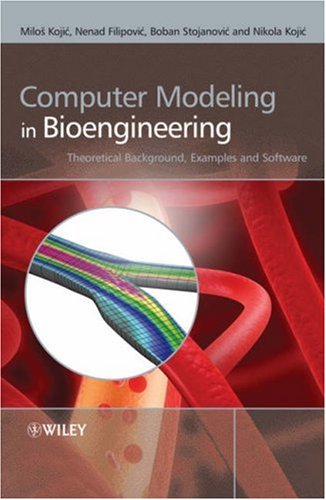

Most ebook files are in PDF format, so you can easily read them using various software such as Foxit Reader or directly on the Google Chrome browser.
Some ebook files are released by publishers in other formats such as .awz, .mobi, .epub, .fb2, etc. You may need to install specific software to read these formats on mobile/PC, such as Calibre.
Please read the tutorial at this link: https://ebookbell.com/faq
We offer FREE conversion to the popular formats you request; however, this may take some time. Therefore, right after payment, please email us, and we will try to provide the service as quickly as possible.
For some exceptional file formats or broken links (if any), please refrain from opening any disputes. Instead, email us first, and we will try to assist within a maximum of 6 hours.
EbookBell Team

0.0
0 reviewsComputer Modeling in Bioengineering offers a comprehensive reference for a large number of bioengineering topics, presenting important computer modeling problems and solutions for research and medical practice. Starting with basic theory and fundamentals, the book progresses to more advanced methods and applications, allowing the reader to become familiar with different topics to the desired extent. It includes unique and original topics alongside classical computational modeling methods, and each application is structured to explain the physiological background, phenomena that are to be modeled, the computational methods used in the model, and solutions of typical cases. The accompanying software contains over 80 examples, enabling the reader to study a topic using the theory and examples, then run the software to solve the same, or similar examples, varying the model parameters within a given range in order to investigate the problem at greater depth. Tutorials also guide the user in further exploring the modeled problem; these features promote easier learning and will help lecturers with presentations.
Computer Modeling in Bioengineering includes computational methods for modelling bones, tissues, muscles, cardiovascular components, cartilage, cells and cancer nanotechnology as well as many other applications. It bridges the gap between engineering, biology and medicine, and will appeal not only to bioengineering students, lecturers and researchers, but also medical students and clinical researchers.